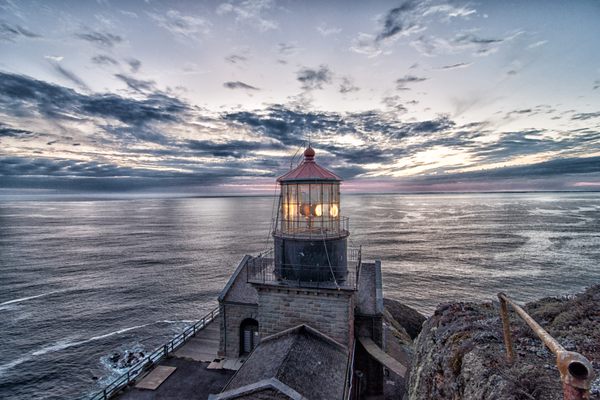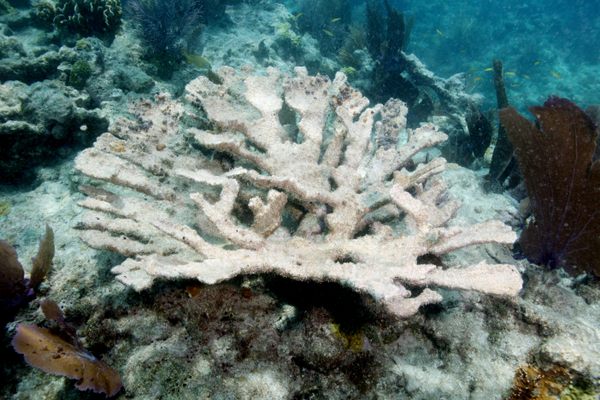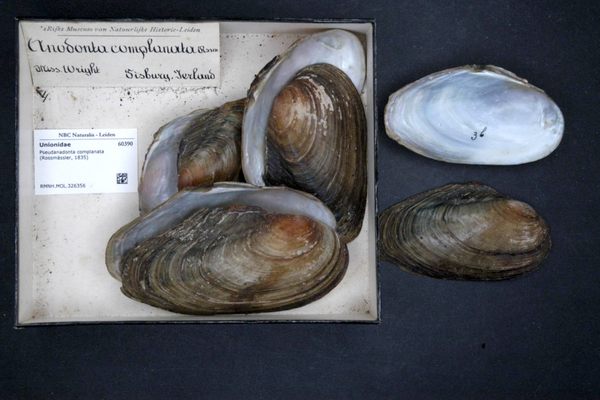Found: The Largest Cluster of Deep-Sea Octopuses Ever Recorded
More than 1,000 were spotted off the coast of Monterey, California.

It is said that as far as humans are concerned, the deep sea might as well be another planet considering its vast unexplored corners and mysteries.
That sense of mystery was certainly present last week when marine scientists witnessed a sight never before seen by humans: a deep-sea vista of over a thousand octopuses, dotting the ocean floor, curled and wedged among the rocks.
This discovery was made off the coast of Monterey, California, an area known for its flourishing marine ecosystems. But this finding was surprising even to scientists who are already accustomed to the extraterrestrial nature of marine ecology.
“We were really excited,” says Chad King, chief scientist on the Exploration Vessel Nautilus. The research team was looking for deep sea sponges and corals, not the single largest cluster of deep-sea octopuses ever recorded. “What’s really amazing is we never saw an end to them. And we still don’t know the full extent of how many octopuses are down there. We know there are at least a thousand, there could be a lot more.”
The light purple octopuses, a deep-sea species (Muusoctopus robustus), were almost entirely brooding females, tucked into nooks with outward-facing arms wrapped around their bodies. They take this defensive position to protect each of their dozens of white incubating eggs, says King. Video footage shows them gently cleaning and aerating their clutches among gardens of orange anemones.
They were found in the outer reaches of the Monterey Bay National Marine Sanctuary beside an underwater mountain, two miles below the surface, within a seemingly endless expanse of dark cold water.
The footage gathered by the E/V Nautilus seems to show subtle shimmering in the water, which suggested to the researchers that this was also the site of some kind of seep, in which fluid flows from underground. One of the main questions on King’s mind is what kind of fluid was coming out of the rocks, and why the octopuses chose that place to congregate. “One of the burning questions we have is what is causing that shimmering,” says King. “They’re choosing this area for a reason.”

The only other sighting like it was the discovery of over 100 brooding octopuses off the coast of Costa Rica in 2013, which at the time was groundbreaking. A study about the sighting was published this year by Ph.D. student Anne Hartwell at the University of New Hampshire, who specializes in ocean mapping.
When Hartwell saw footage of last week’s discovery she was ecstatic. “It’s unbelievable. Having a second site means there’s that much more opportunity to learn so much more,” she says. “We don’t know more than we know about these octopuses.” She says octopuses are usually solitary creatures, so such a large grouping has surprised cephalopod experts.
Among the unknowns are what these octopuses eat, why they cluster together, how they chose their brooding location, and how long it takes them to incubate their eggs.
Exploring the dark reaches of the deep ocean is what the E/V Nautilus is all about, being only one of a few ships in the world that has the moniker “Exploration Vessel.”
“This is what they do, they go into the unknown. We’ve explored less than one percent of the world’s deep sea, and this is what can happen because we don’t know about it,” says King. “This is a rare discovery, only the second of its kind and the largest of its kind. This is a brand new story to tell.”













Follow us on Twitter to get the latest on the world's hidden wonders.
Like us on Facebook to get the latest on the world's hidden wonders.
Follow us on Twitter Like us on Facebook